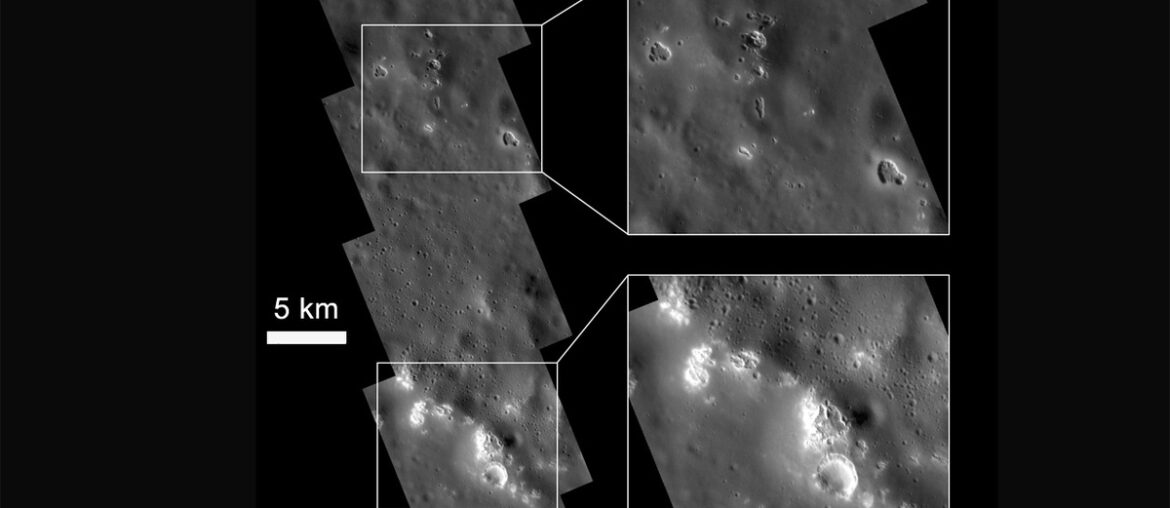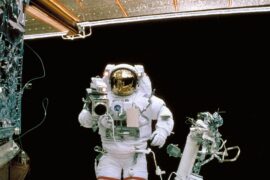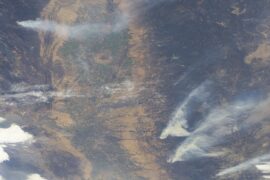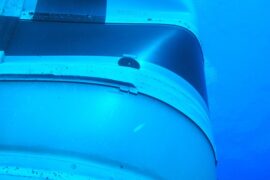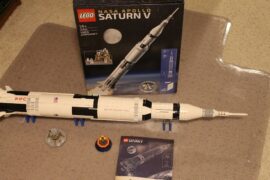Mercury sits closest to the Sun, a small, fast-moving world with a battered surface and surprising geological features. Its proximity and harsh environment make missions there technically demanding but scientifically rewarding.
There are 2 NASA Missions to Mercury, ranging from MESSENGER to Mariner 10. For each mission, you’ll find below a concise entry organized with Launch year, Type, Key achievements — you’ll find below.
What did MESSENGER reveal about Mercury’s geology and environment?
MESSENGER mapped Mercury’s surface and chemistry in detail, confirming a large iron core, discovering volcanic deposits, unexpected “hollows” likely caused by volatile loss, and detecting water-ice in permanently shadowed polar craters. It also measured a global magnetic field and provided data that reshaped models of the planet’s formation.
Where does the information in this list come from and how reliable is it?
The entries synthesize primary sources like NASA/JPL mission pages, peer-reviewed findings, and archived mission data; launch years and mission types come from official mission records while key achievements reflect published results, so the list is suitable for quick reference and further reading.
Nasa Missions to Mercury
| Name | Launch year | Type | Key achievements |
|---|---|---|---|
| Mariner 10 | 1973 | Flyby | First spacecraft to visit Mercury; discovered its magnetic field and tenuous atmosphere. |
| MESSENGER | 2004 | Orbiter | First spacecraft to orbit Mercury; confirmed water ice in polar craters. |
Images and Descriptions
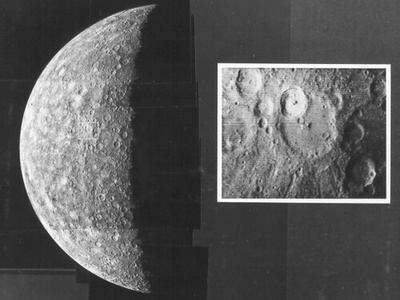
Mariner 10
Mariner 10 was a trailblazing mission that performed the first-ever flybys of Mercury in 1974 and 1975. It provided our initial close-up look at the planet, mapping about 45% of its surface and revealing a surprisingly Earth-like magnetic field and a large iron core.
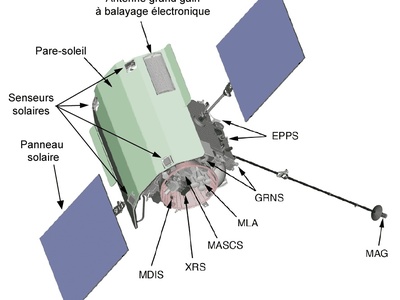
MESSENGER
MESSENGER became the first spacecraft to orbit Mercury in 2011, providing a comprehensive global map and unprecedented data. Its discoveries reshaped our understanding of the planet, confirming water ice in permanently shadowed polar craters and revealing details about its volcanic history and unique composition.
Enjoyed this article?
Get daily 10-minute PDFs about astronomy to read before bed!
Sign up for our upcoming micro-learning service where you will learn something new about space and beyond every day while winding down.

